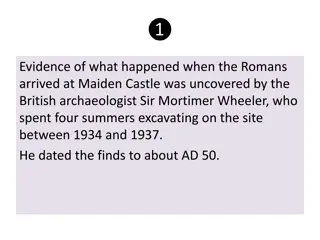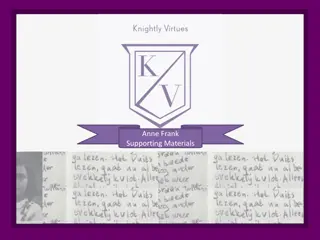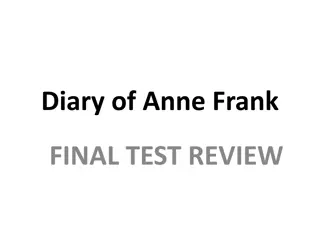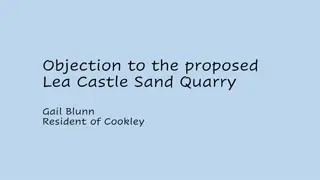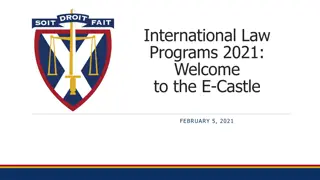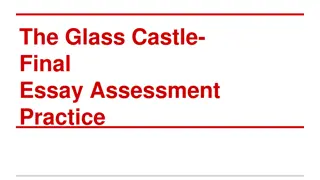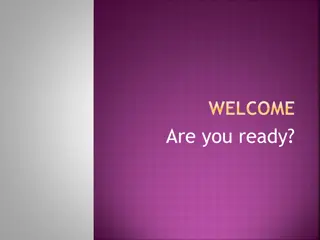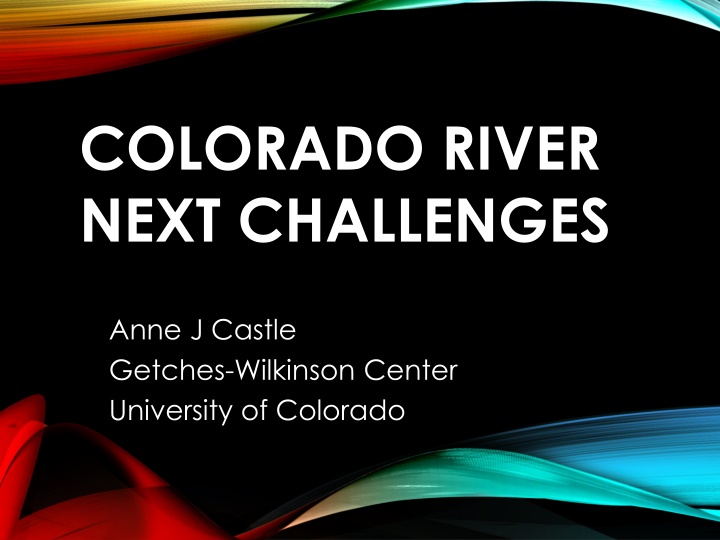
Challenges and Solutions for the Colorado River: An In-Depth Analysis
Explore the current and future challenges facing the Colorado River, including water flow reductions and operational strategies. Learn about proposed actions, consequences, and potential agreements to address the issues. Discover key components of the discussion, such as tribal rights, ecological protection, and the management of water resources in the region.
Download Presentation

Please find below an Image/Link to download the presentation.
The content on the website is provided AS IS for your information and personal use only. It may not be sold, licensed, or shared on other websites without obtaining consent from the author. If you encounter any issues during the download, it is possible that the publisher has removed the file from their server.
You are allowed to download the files provided on this website for personal or commercial use, subject to the condition that they are used lawfully. All files are the property of their respective owners.
The content on the website is provided AS IS for your information and personal use only. It may not be sold, licensed, or shared on other websites without obtaining consent from the author.
E N D
Presentation Transcript
COLORADO RIVER NEXT CHALLENGES Anne J Castle Getches-Wilkinson Center University of Colorado
THE PROBLEM Natural Flow (2000-2018) Outflows UB uses 4.4 LB contracts 7.0-7.5 Evap & losses 1.0 Gila and tribs 1.0+ Mexico 1.5 Balance 13.2 MAF 14.9-15.4 MAF -1.7-2.2 MAF
LIKELY TO GET WORSE Udall/Overpeck 2017 20-30% reduction in river flows by mid-century 35-55% reduction by 2100
DCP UPPER BASIN Drought operations of UB reservoirs Release water from upstream reservoirs to keep Powell out of low levels Flaming Gorge Reservoir Demand management investigation Storage in Lake Powell free of balancing obligations Work ongoing in Upper Basin states to investigate
ACTIONS CONSEQUENCES Lower Basin Structural deficit = LB water users consume more than inflow Lake Mead drops Balancing from Powell prevents Mead levels from going even lower
ACTIONS CONSEQUENCES Upper Basin New projects increase risk of curtailment for all water users Real cost of new projects spread around the basin
ACTIONS CONSEQUENCES New development in UB pays its own way, offsetting additional risk If LB uses more than allocation, consequences occur there Question: What exactly is the LB allocation? Controlled slide to sustainability
GRAND BARGAIN IDEAS UB caps new use LB won t force curtailment in UB Bank in Lake Powell free of balancing Both lakes used to store ICS or demand management savings Triggers for delivery reductions based on hydrology, not Lake Mead levels
IMPORTANT COMPONENTS Development of tribal rights and protection of tribal water values Protection of ecological values, including in the delta Colorado River Delta Salton Sea progress Salton Sea
GUIDING PRINCIPLES Both basins manage their supplies and live within their hydrological means Each basin or state decides how risk averse or risk taking it wishes to be Consequences occur in the basin or state where the actions are taken









